SUMMARY
This is AI generated summarization, which may have errors. For context, always refer to the full article.
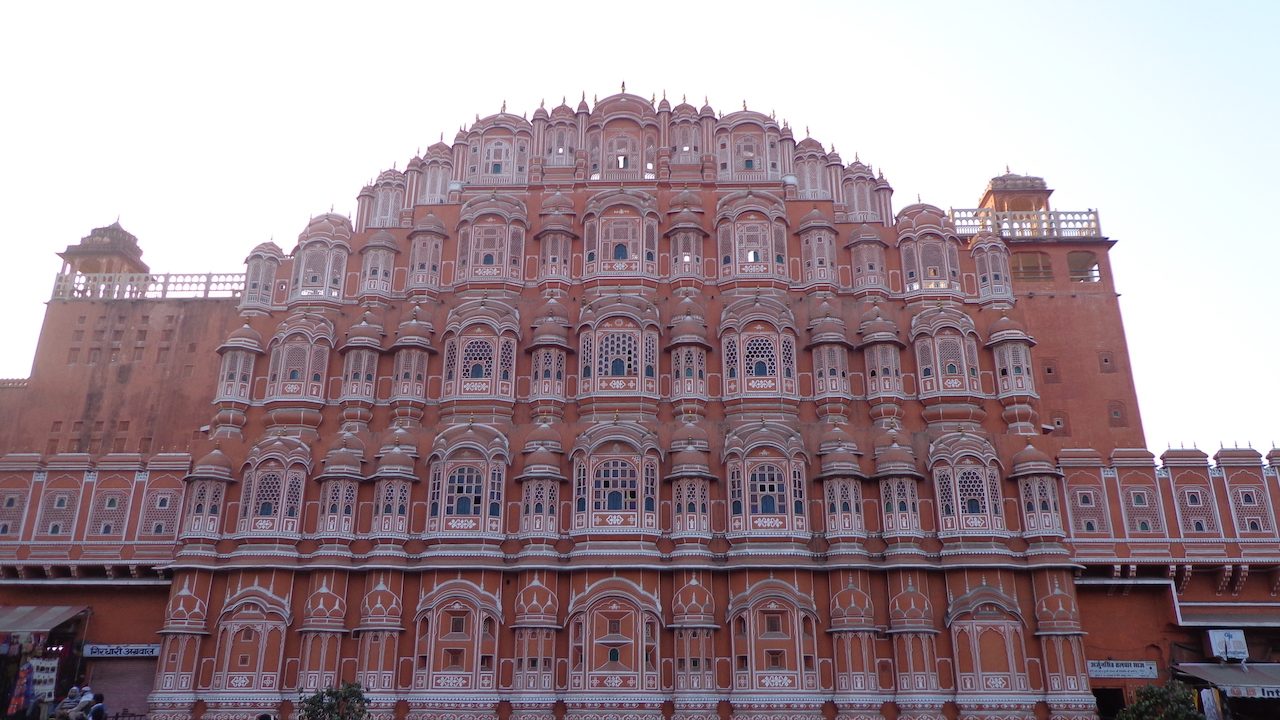
India is a massive country (which is why it’s known as a subcontinent), with a history that spans hundreds of centuries. Its culture is unique and varied per region. Its food is one of the best in the world (IMO), and it is home to one of the most renowned monuments dedicated to a loved one, the Taj Mahal. There are also many cultural and historic sites scattered in different parts of the country. I had the opportunity to explore the country and it was one of my most memorable trips.
Getting a visa
You’ll need a visa to enter India. You can apply for an e-visa to enter the country. You can get on through this official website. The website contains all the information you need about the fees, processes, requirements, airports and seaports where you can use the e-visa, and others.
Get into India
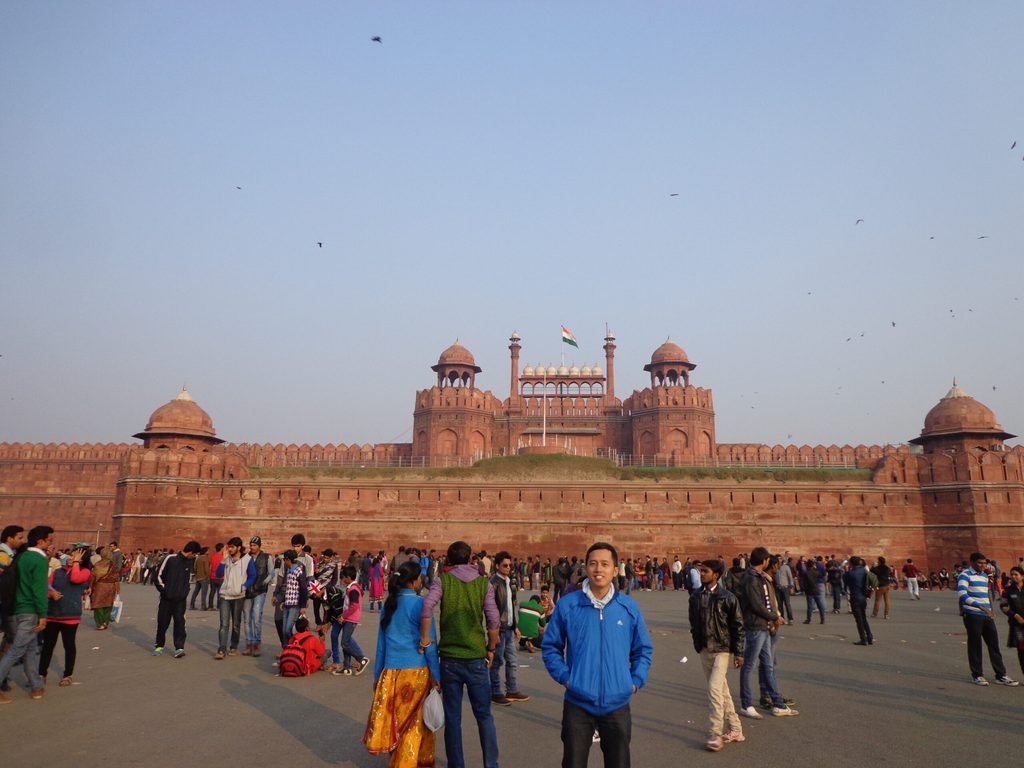
There are no direct flights from Manila to any city in India; you’ll have to transit through another city such as Singapore, Kuala Lumpur, or Bangkok. For this itinerary (New Delhi-Agra-Jaipur), I would suggest traveling to India via Bangkok. From Bangkok, you can book a direct flight to New Delhi then a direct return flight to Bangkok from Jaipur. You can browse Skyscanner to look for other options.
Get out of Delhi Airport
Delhi Airport is easy to get out of via metro/airport express or bus. You can take the airport express line to and from the New Delhi Station or the Dwarka Sector 21 Station. The shuttle bus connects the airport to different parts of the city such as the Interstate Bus Terminal and Connaught Place. Uber is also an option when you want to get out of the airport.
Getting around
Train travel is the most convenient way to get around India. The country has an extensive rail network that gets you to places at an affordable price.
You can check schedules and book tickets here. Roll over the “trains” tab and click on “Foreign Tourist Booking.”
Currency
India uses the Rupee or INR
*Conversion as of this writing
P1 = INR1.48
Itinerary
*This itinerary assumes you start with one full day.
New Delhi
Day 1
Delhi is a massive city that takes days to fully discover. For those that have a short time, you can see the highlights in a few days.
On your first full day, eat a heavy breakfast before sightseeing. After eating, make your way to one of the most popular attractions in the city, the Red Fort. Shah Jahan had this fort built in the 17th century. It served as the center of power of the Mughal empire until the mid-19th century. Take your time exploring the massive fort and experience history.
After exploring the fort, make your way to Jama Masjid. This mosque is one of the largest in the country. Shah Jahan also had this impressive structure built in the 17th century. After visiting the mosque, explore the Chandni Chowk area. Here you’ll find many shops, food stalls, and markets. It’s a lively area (to describe the chaos that takes place in simple terms) where you’ll get to see a different side of Old Delhi.
Entrance fees:
- Red Fort – INR550
- Jama Masjid – Free, pay extra for photography
Day 2
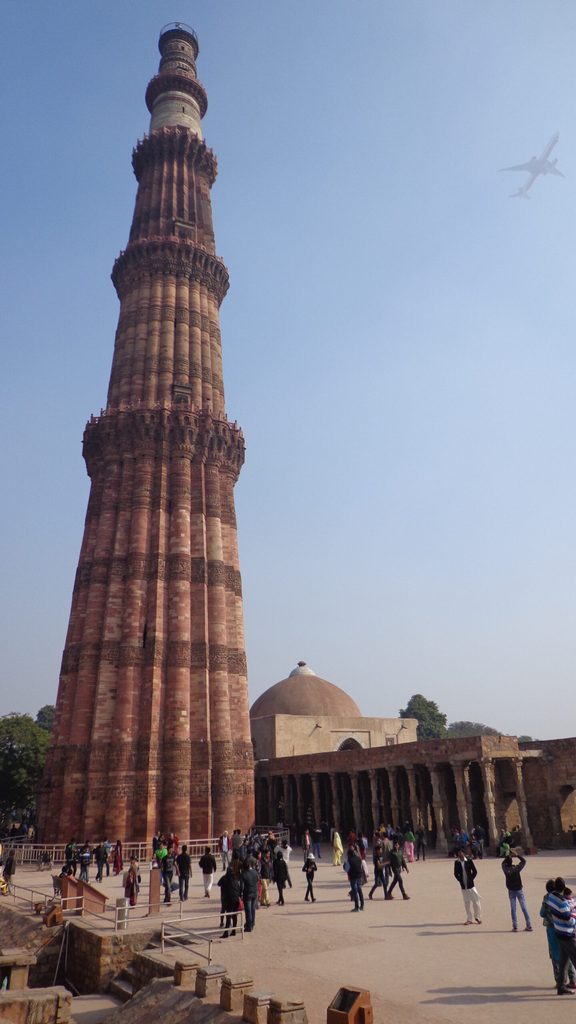
After eating, head on over to the India Gate. The latter is a memorial built to commemorate the soldiers that passed away in wars from 1914-1919. After a photo op, make your way to Qutb Minar. The latter is centuries old (dates to the 13th century) and is one of India’s UNESCO World Heritage Sites. This ancient complex showcases the diverse influences from Hindu to Islam to British Colonial that shaped Delhi.
Your next stop is Humayun’s Tomb. The latter is a Mughal-epoch piece of architecture that’s on UNESCO’s World Heritage list. It dates to 1569. The Persian queen Hamidah Banu Begam commissioned this structure after the death of her husband Humayun, a Mughal emperor.
Make your way to Connaught Place, Delhi’s business and commercial district. This area is more affluent compared to Chandni Chowk. Here you’ll find more upscale dining and shopping options.
Entrance fees:
- Qutb Minar – INR500
- Humayun’s Tomb – INR550
Day 3
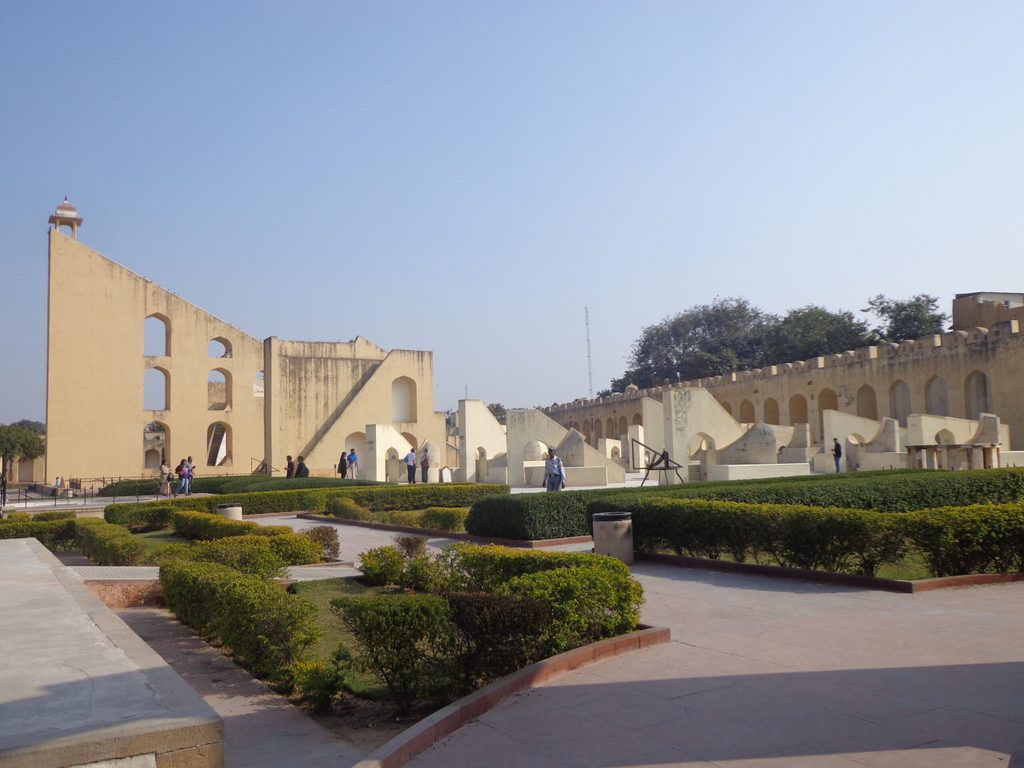
Check out of your accommodation. Depending on the schedule you booked, you’ll have a full day left to see Delhi. You can return to some of your favorite spots in the city. You can also visit more attractions if you have the time and the interest. You can check out the National Museum, Old Fort, Akshardham, Jantar Mantar Observatory, Lodi Gardens, Gurudwara Bangla Sahib, and others.
Head on over to the train station. I would recommend booking train tickets in advance so that you can get the schedule you want.
You can check schedules and book tickets here: Roll over the “trains” tab and click on “Foreign Tourist Booking.”
Agra
Day 4
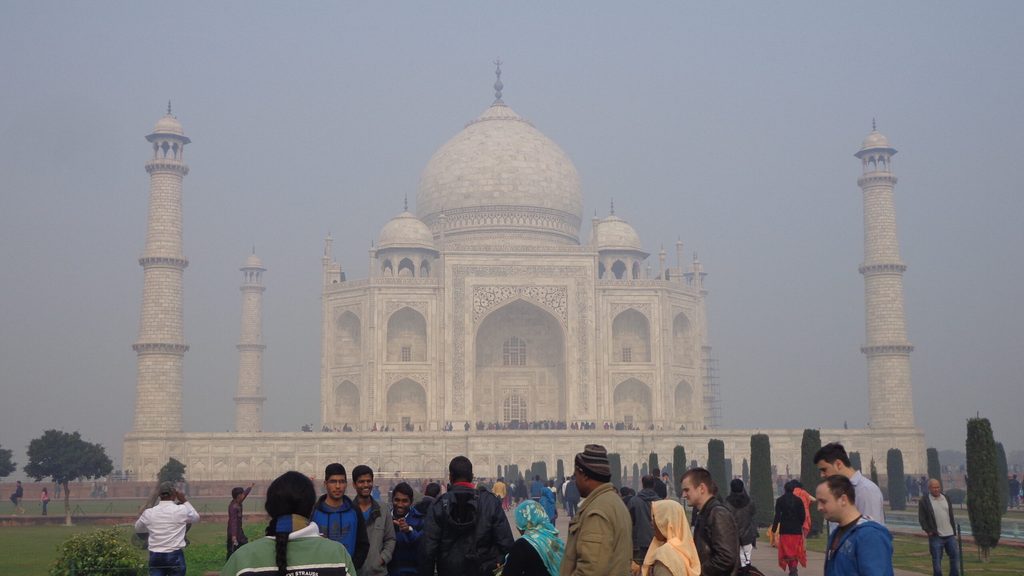
After breakfast, try to visit the Taj Mahal as soon as it opens to avoid the crowds. The Taj is one of the most famous attractions in India (easily the most recognizable in the country IMO). It gets crowded as the day goes on. This massive and beautiful mausoleum is a symbol of love. The Mughal emperor Shah Jahan had this complex built to immortalize and commemorate his wife, Mumtaz Mahal. It exemplifies the best of Mughal architecture. It managed to combine Islamic, Persian, and Indian aesthetics. Construction of the Taj Mahal took more than two decades and employed thousands of workers. Take your time exploring the huge complex and take as many photos as you want.
After exploring the Taj Mahal, make your way to another famous attraction, the Agra Fort. The latter, along with the Taj, is a UNESCO World Heritage Site. This massive red sandstone fort dates to the 16th century. Akbar, a Mughal emperor, had the fort established and used it as a military base and residence. Noteworthy spots in the fort include the Pearl Mosque, Jahangir’s Palace, and the Hall of Private Audience.
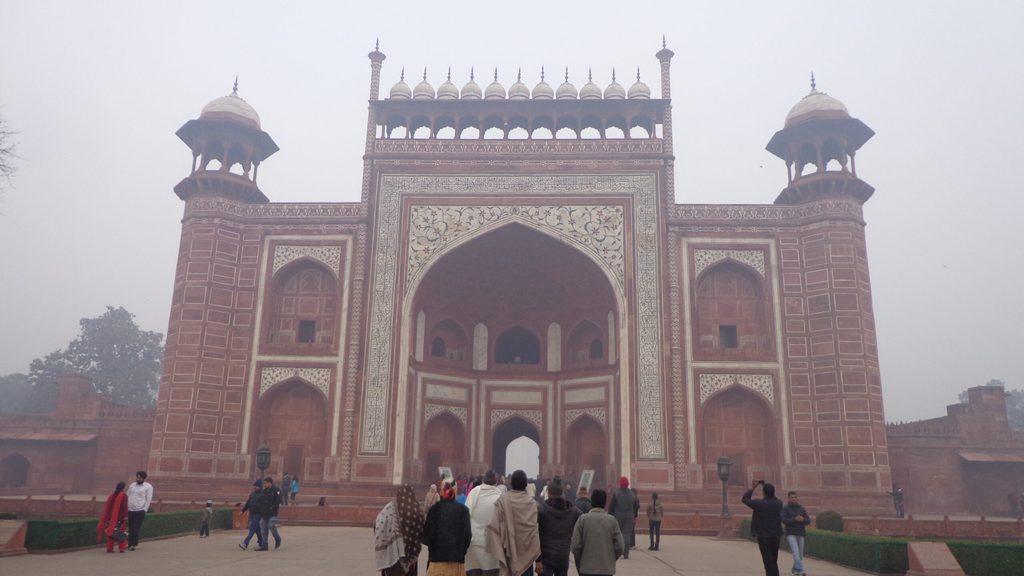
Entrance fees:
- Taj Mahal – INR1,100 + INR200 (optional fee for the mausoleum)
- Agra Fort – INR650
Day 5
The main attractions of Agra are the Taj Mahal and the Agra Fort. Depending on whether you want to see more attractions, you can leave earlier or later for Jaipur.
You can check schedules and book tickets here. Roll over the “trains” tab and click on “Foreign Tourist Booking.”
After arriving at Jaipur, check in at your accommodation and get something to eat before sightseeing the following days.
Jaipur
Day 6
On your first full day in Jaipur, visit some of the city’s most popular attractions. Make the Hawa Mahal your first stop as it’s the most recognizable attraction in Jaipur. The Hawa Mahal’s pinkish, honeycomb-like façade will immediately grab your attention. It was constructed so that ladies could watch special events take place without appearing in public. Its hundreds of windows allow air to breeze through it. The City Palace is centuries old and is one of Jaipur’s enduring landmarks and tourist attractions. Check out its courtyards, museums, and structures to get an overview of Mughal and Rajasthani architecture.
Head on over to Jantar Mantar, a UNESCO World Heritage Site. At first glance, these structures look nothing more than sculptures with no particular meaning. However, Jantar Mantar is a group of astronomical tools that are centuries old. It has a sundial that measures time and a structure that pinpoints the location of celestial objects. The Albert Hall Museum is home to artworks and important artifacts. Check out the museum’s exhibits to learn a bit more about history.
Entrance fees:
- Hawa Mahal – INR200
- City Palace – INR700
- Jantar Mantar – INR200
- Albert Hall Museum – INR300
Day 7
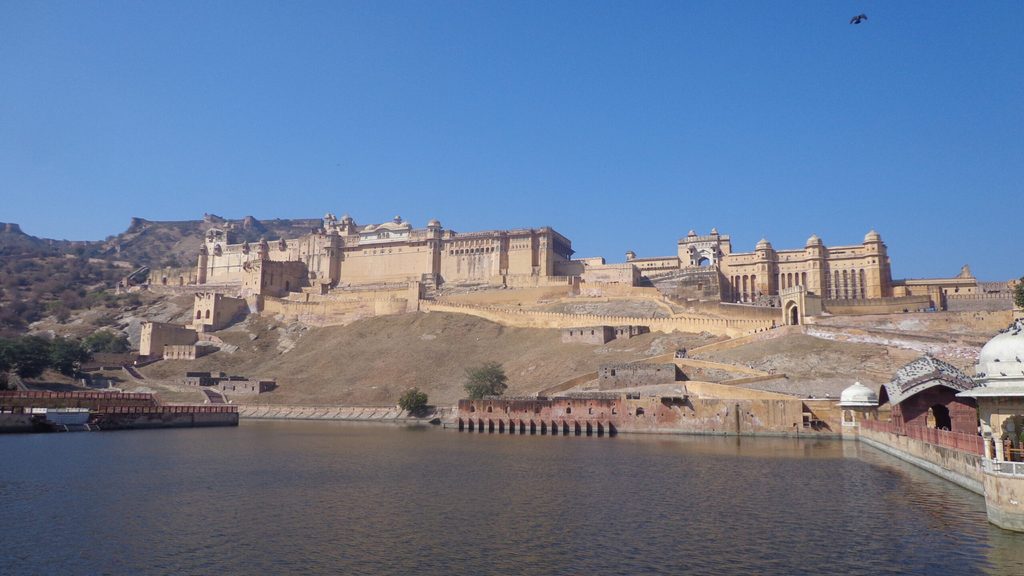
Rajasthan has many historic forts that are worth adding to your itinerary. Jaipur is home to Amber Fort. The view of the fort towering over the landscape is picturesque. It takes an uphill hike to reach the entrance of the fort. This destination is part of UNESCO’s World Heritage List under the Hill Forts of Rajasthan category. It takes a few hours to explore the different sections of the fort. Not too far from Amber Fort is a striking piece of ancient architecture, the Panna Meena ka Kund. The latter used to be a stepwell where locals collected water for chores and rituals. Its labyrinthine steps make it a popular place for tourist photo ops. Before returning to Jaipur proper, make a quick stop at Jal Mahal. This palace sits in the middle of a lake.
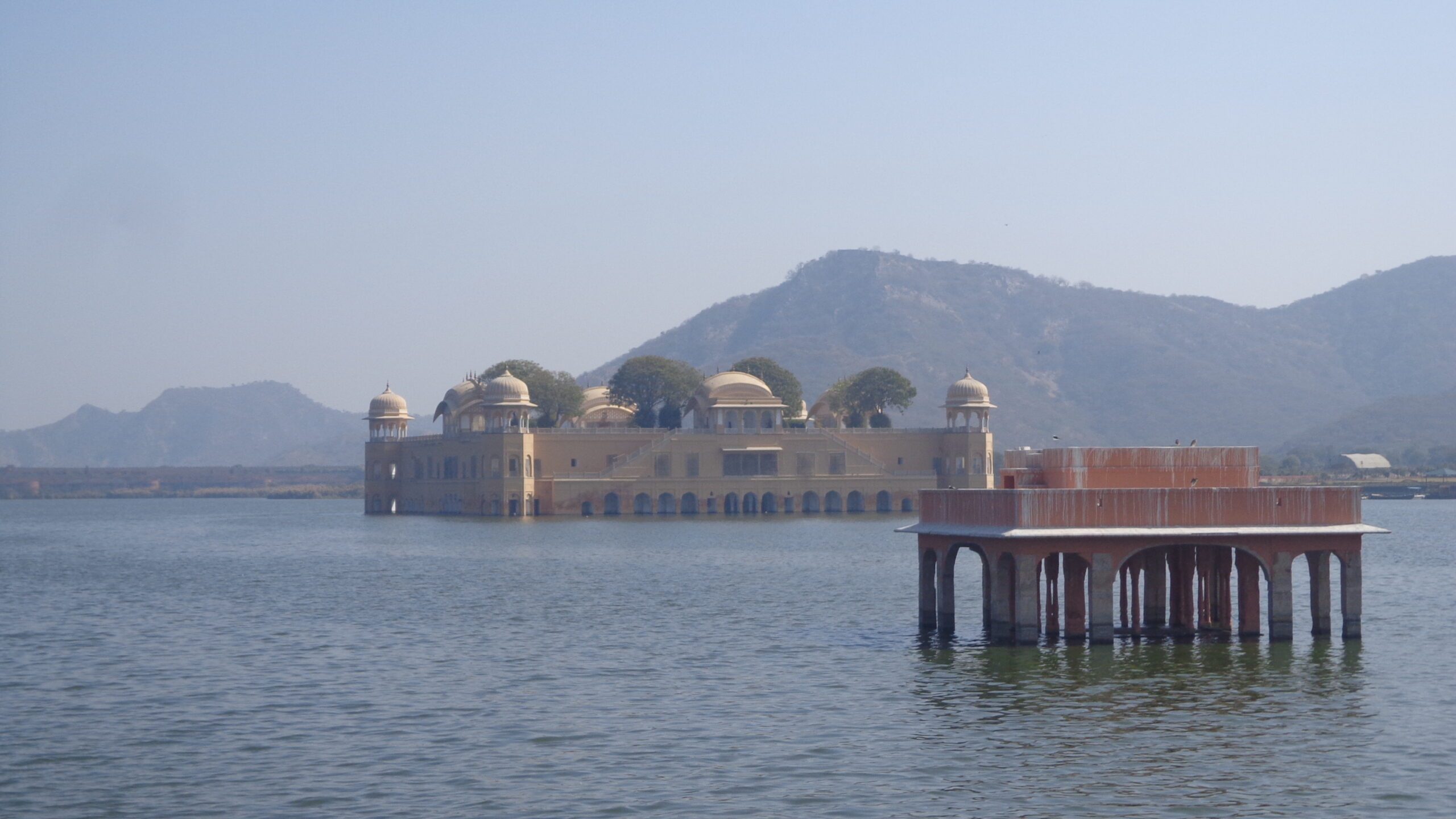
Entrance fees:
- Amber Fort – INR550
Day 8
After sightseeing the past couple of days, take your time exploring and experiencing Jaipur. The Pink City is fascinating with distinct architecture and its own history. Explore the bazaars, walk around the parks, hang out at the cafes, and revisit some of your favorite spots in the city.
Day 9
Depending on the time of your flight, you’ll have some extra time to do last-minute souvenir shopping or sightseeing before heading to the airport.
How much will you spend?
India is one of the most affordable destinations in Asia. A budget of up to P20,000 for 9 days is more than enough to cover a shared private budget room or dorm bed in a hostel, meals, public transportation, entrance fees, and train rides. This budget doesn’t include flights and shopping. You could easily spend less than P20,000 if you stick to the basics and always choose the cheapest available option. You can maximize your visa and stay until the last day if your work allows you to travel for an extended period. Not everyone has the privilege of traveling for as long as they want. This itinerary allows you to cover some of India’s highlights such as the Taj Mahal, Amber Fort, Hawa Mahal, Red Fort, and Qutb Minar. – Rappler.com
Joshua Berida is a writer that loves to travel. He blogs at www.thewanderingjuan.net.
#ShareAsia highlights the best and most sought-after experiences in the Asia-Pacific region. It’s a content and resource hub for tourists and locals alike seeking new, exciting experiences in the region.
Add a comment
How does this make you feel?










There are no comments yet. Add your comment to start the conversation.